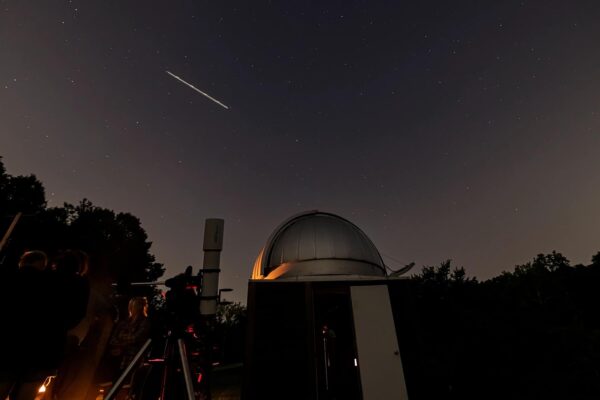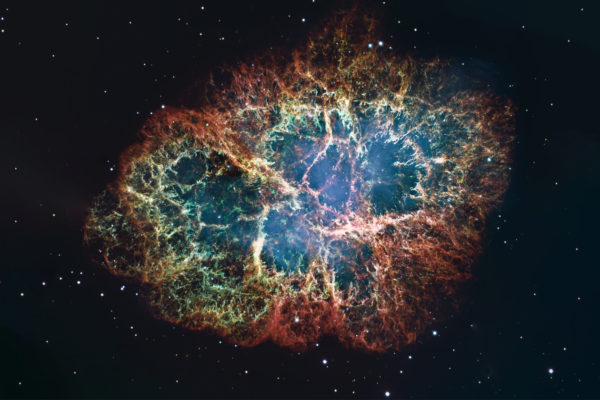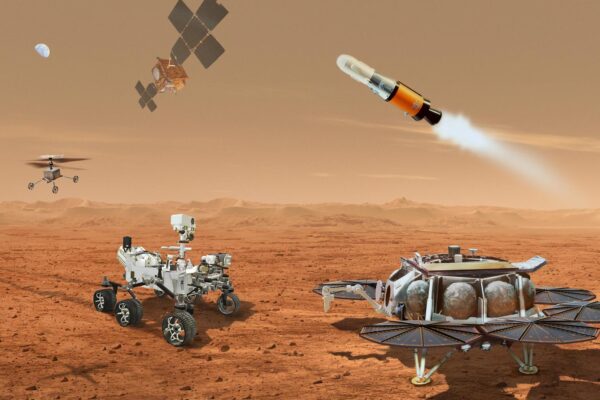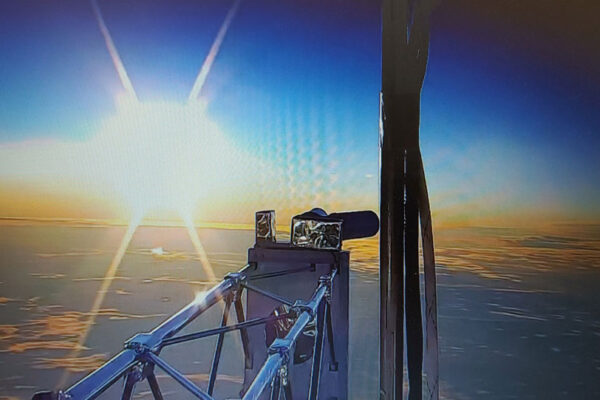Tyson observatory is WashU’s dark sky site
Artificial light at night is making it more difficult to see the stars, especially in urban areas. The observatory at Tyson Research Center makes the most of its secluded location, offering a unique viewing experience.
Chen and Yuan win NSF grant to simulate pulsars at WashU
Alex Chen and Yajie Yuan, both assistant professors of physics in Arts & Sciences, have received a $447,000 grant from the National Science Foundation to create a unified model of pulsars, rapidly rotating neutron stars that release mysterious pulses of electromagnetic radiation.
Physicist Yuan joins Simons collaboration on extreme electrodynamics
Yajie Yuan, an assistant professor of physics in Arts & Sciences, will lead a study of plasmas in neutron star magnetospheres, as part of a new collaboration funded by the Simons Foundation.
Scientists selected for Mars sample return effort
NASA and the European Space Agency chose Ryan Ogliore and Kun Wang, both in Arts & Sciences, for the Mars Sample Return Measurement Definition Team. This group will help realize the science potential of the first samples ever to be returned from another planet.
Jolliff selected for geology team for lunar landing mission
Bradley Jolliff in Arts & Sciences is part of the team that will develop the surface science plan for Artemis III, the first crewed lunar landing mission in more than 50 years.
McKinnon wins 2023 Kuiper Prize
The American Astronomical Society honored William B. McKinnon of Arts & Sciences for outstanding contributions to planetary science, including his work to propose and develop a series of novel ideas that profoundly changed the view of geophysical processes in the solar system.
Studying planetary habitability using ultraviolet light
Tansu Daylan, an assistant professor of physics in Arts & Sciences, was selected by NASA to join the Ultraviolet Transient Astronomy Satellite science team.
Chun wins NASA FINESST grant
Sohee Chun, a graduate student in physics in Arts & Sciences, was awarded a Future Investigators in NASA Earth and Space Science Technology grant to optimize the shield inside a crysostat and around a gamma ray detector.
XL-Calibur telescope to fly again in 2024
Researchers led by physicist Henric Krawczynski in Arts & Sciences received $1.5 million from NASA to fund a new flight of XL-Calibur, a balloon-borne telescope built to examine the most extreme objects in the universe. XL-Calibur will be launched from Esrange Space Center in Sweden, north of the Arctic Circle, in May 2024.
Arvidson wins fourth public service award from NASA
Raymond Arvidson, the James S. McDonnell Distinguished University Professor Emeritus in Arts & Sciences, has been awarded an Outstanding Public Leadership Medal from NASA. The honor — his fourth service medal from the space agency — marks the culmination of a storied career in planetary exploration that goes back to the first Viking Mars landers in the 1970s.
Older Stories









